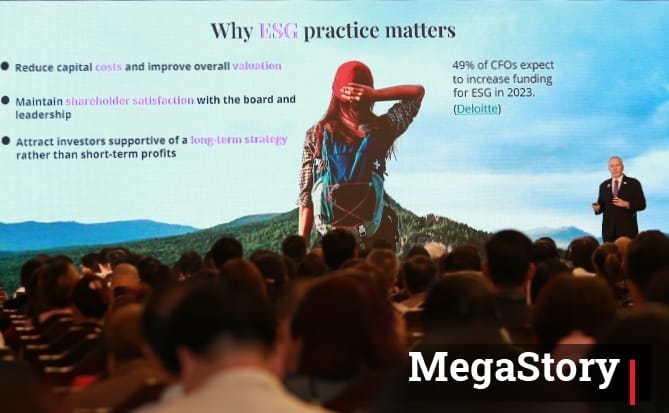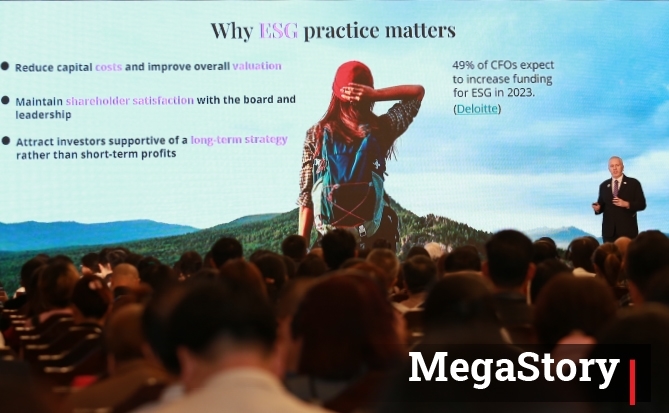
The traditional business model based on degrees and experience is gradually being replaced by a skills-based model. What are the biggest differences between the two models, and what should businesses do to achieve the goal of skilling their workforce? Mr. Alan Malcolm, Director of Strategic Partnerships, Udemy, gave NCĐT an interview to clarify this topic.
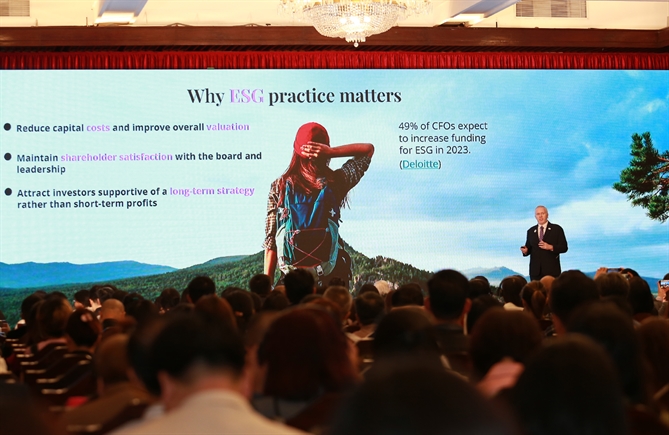 |
In an increasingly uncertain business environment, how can organizations build agility and resilience? What role does the skills-based business model play in this context?
Skills-based organizations (SBOs) are organizations that leverage skills as the foundation of their HR processes to build a flexible workforce. Compared to the traditional model, the SBO model typically distinguishes on three main aspects: recruitment, development, and internal mobility.
Traditional recruitment, based on competencies and related qualifications, has left many highly qualified candidates behind. As organizations expand their hiring requirements to include qualifications and skills, they have expanded their candidate pools. McKinsey found that skills-based recruitment is five times more predictive of overall job performance than education-based recruitment, and twice as predictive of work experience-based recruitment.
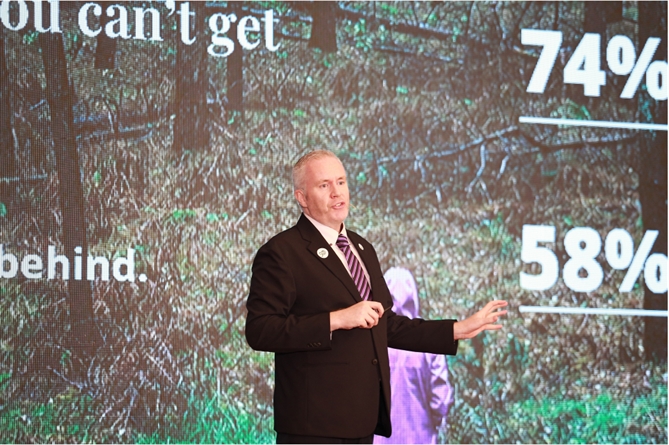 |
Acquiring new skills is not a “one-and-done” event for employees. Upskilling and reskilling need to be ongoing to drive long-term results and keep up with innovation, and employees understand that focusing on skills is an increasing priority for many organizations. Research from Deloitte shows that 41% employees will turn to their employer first for skill development opportunities.
Skills-based learning improves employee agility, increasing their ability to adapt to new roles, technologies, and projects. This is more essential than ever in today’s fast-paced, evolving workplace. According to Deloitte, 4 out of 5 executives say work is increasingly done across functional boundaries, highlighting the importance of internal mobility, and employees are up to the challenge.
 |
Upskilling a large workforce can be costly. Are there any innovative and effective approaches that Vietnamese businesses can adopt to address the need for skills development on a large scale?
An effective approach is to start by identifying the exact skills gaps in the organization. Rather than taking a “one-size-fits-all” approach investing in training programs, identifying and understanding the skills gap will help businesses focus resources on the areas where they are most needed.
At Udemy, we have built a three-part ecosystem for ongoing learning and developement programs. The first part is identifying the skills gap, which we do not do ourselves but work with external partners. There are many ways to find out what skills gaps exist in an organization, including hiring a consulting firm, working with a staffing firm, or using internal audit resources.
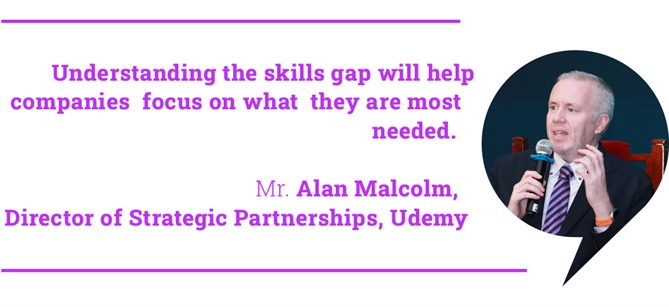 |
We are in the second stage. We use the skills gap data to map skills, and then create learning paths that can help upgrade skills. The final part is obtaining certifications to demostrate the acquired skills quickly. Udemy partners with 1EdTech to host newly earned badges and certifications within the Udemy Business platform.
When using ROI (return on investment) to evaluate the investment in upgrading the organization’s human resources, using online learning platforms like Udemy is an effective and affordable solution. For a few hundred dollars per year, you can upgrade anyone, to any level. Organizations need to facilitate growth to remain competitive, otherwise it will cost more.
FPT is a typical example. In an effort to retain people, FPT offers Udemy’s learning solutions to the entire organization of more than 30,000 employees. Indirectly, FPT saves a lot of costs in retaining and recruiting talent. They are also saving money through increased revenue and profits as they upskill their workforce regularly.
So how can an organization close the skills gap and build a culture of skills-based employee evaluation?
Start by thoroughly assessing your current workforce. Before identifying skill gaps, take a close look at your organization’s existing talent. Align this assessment with your business goals to determine the necessary skill set. Crucially, this should be an organizational strategy, not just an HR initiative.
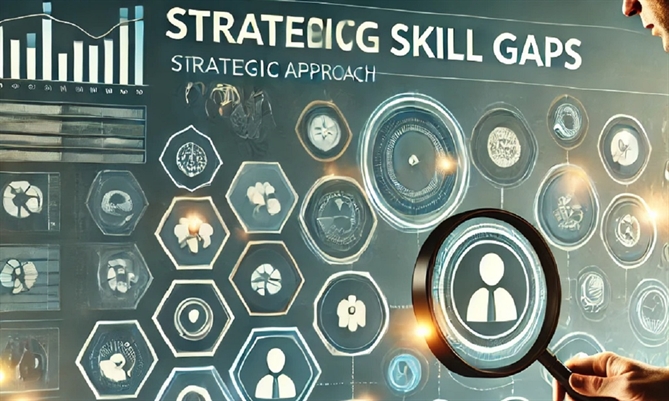 |
Secondly, use the information gathered to build an agile organization where employee competencies are valued. Once organizations have identified the skills gaps, creating customized learning paths for each team and individuals can help ensure that people in diverse fields can learn at their own pace.
Finally, effective leadership plays a critical role in building a culture of learning. Senior leaders need to clearly understand the skills gap, empower employees, and instill the importance of upskilling in every department.
Developing strong leaders is also a critical part of holistic learning programs. With the cost of disengaged workers exceeding $8.8 trillion in 2022 alone, it’s imperative that organizations invest in leadership development, particularly for frontline managers, to avoid putting their organization’s digital transformation at risk. Leaders need to have a clear understanding of what their employees need and how to support their development while focusing on achieving business outcomes.
There are many different aspects to building a skills-based organization. However, it is important to start making changes now. Moving to a skills-based organization will help your organization become more agile, efficient, and competitive.

